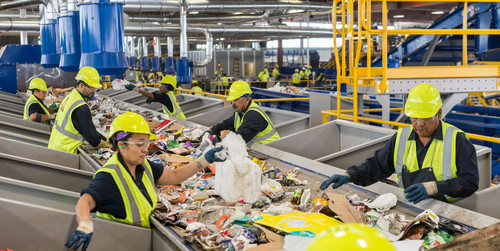Post Consumer vs Post Industrial Recycled Content
Posted on Apr 5th 2021
Post Consumer vs Post Industrial Recycled Content
If you’ve spent even a few minutes on our website, you likely know that EcoEnclose is maniacally focused on recycled content.
Maximizing recycled content is foundational to our Sustainable Packaging Framework. We believe this market demand helps fuel investments in recycling infrastructure and capacity across the supply chain (thus making recycling more viable and building toward a more circular economy).
But when it comes to assessing how sustainable your package is, we believe the most critical question is not just “ How Much Recycled Content?” but “How Much Post-Consumer Waste?”
What's the difference between post-industrial and post-consumer waste?
Post-Consumer Waste
Post-consumer recycled content refers to finished goods that are used and then recycled. Standard post-consumer recycled content includes copy paper, shipping boxes, empty plastic bottles, and aluminum cans.
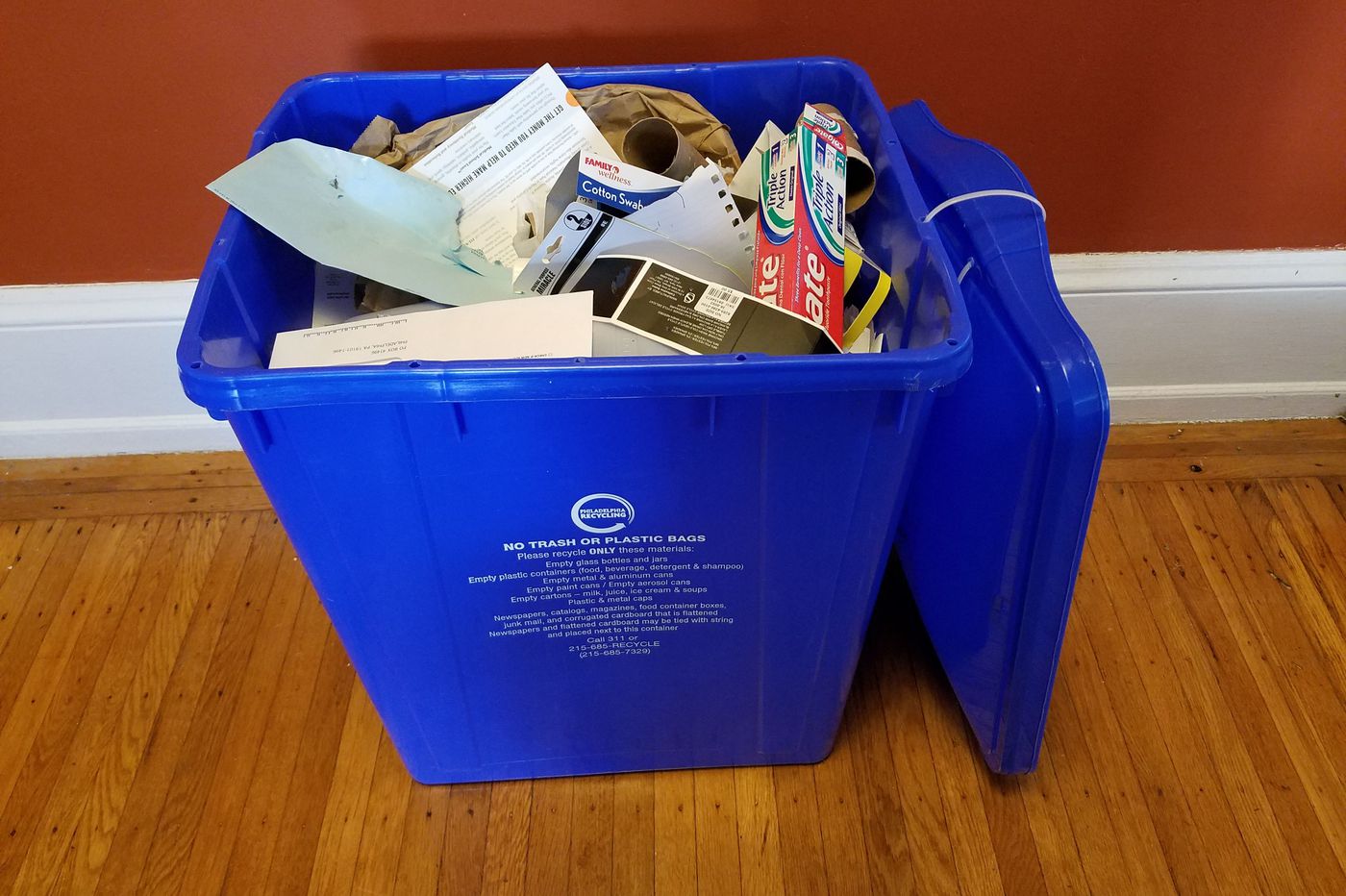
Many of these items end up in a “single-stream” recycling bin (such as the blue bin you likely have at home or the office). This single-stream recycling is then collected by local recycling programs and brought to recycling facilities, often referred to as Materials Recovery Facilities (MRFs). They are sorted into bales of like material, which are then purchased to be broken or melted down and remanufactured.
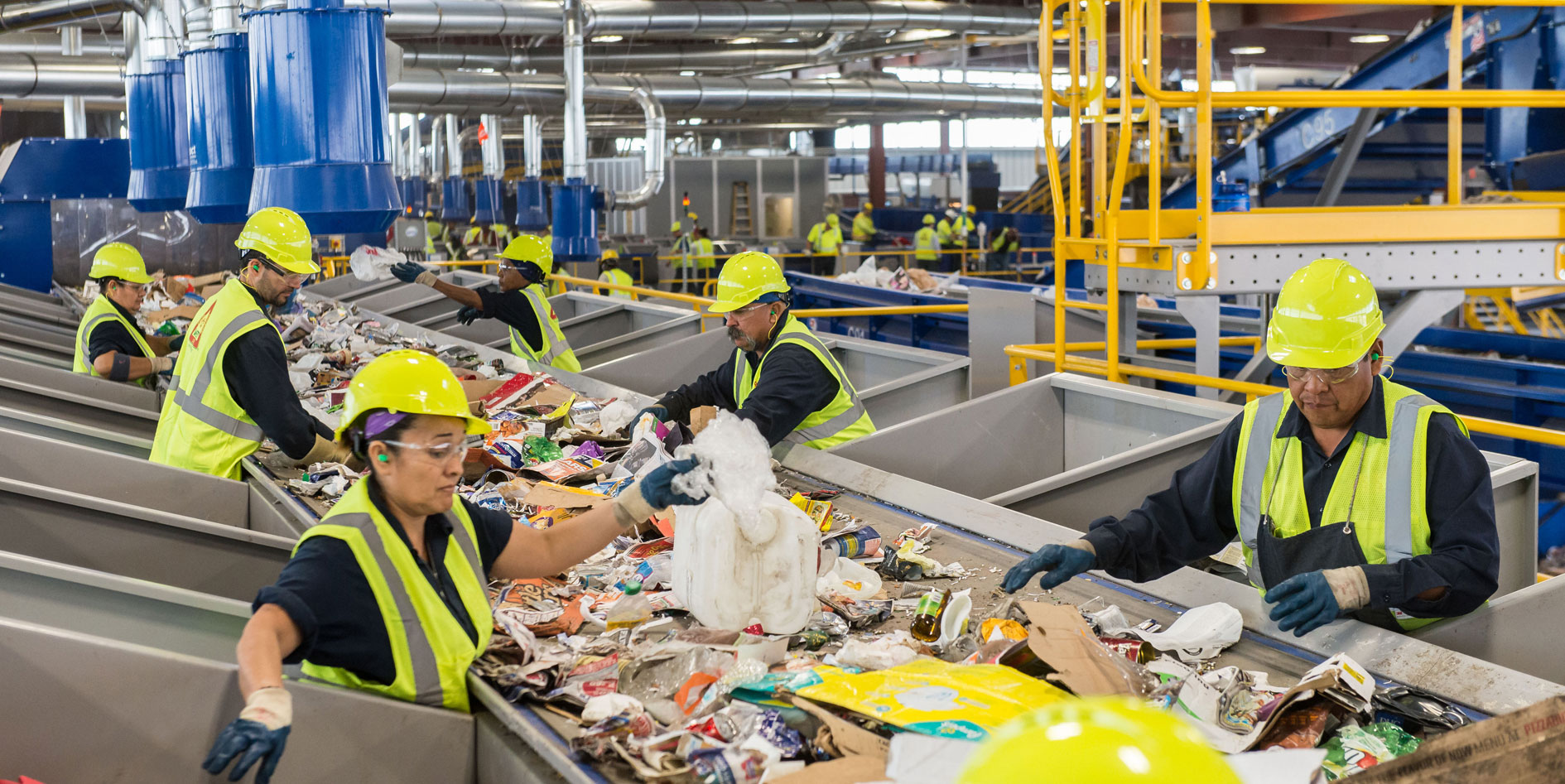
Post-Industrial Waste
Post-industrial (often referred to as “pre-consumer”) waste, on the other hand, refers to waste generated from the manufacturing process that led to the creation of the source material. For example, when plastic is blown into bottles, scrap (often referred to as “pinch-off”) is left behind that doesn’t make it into the final bottles. If these scraps are saved, repelletized, and used again, they will be referred to as “post-industrial waste.”
Post-consumer waste refers to finished goods, while post-industrial waste refers to waste “material” generated from a manufacturing process.
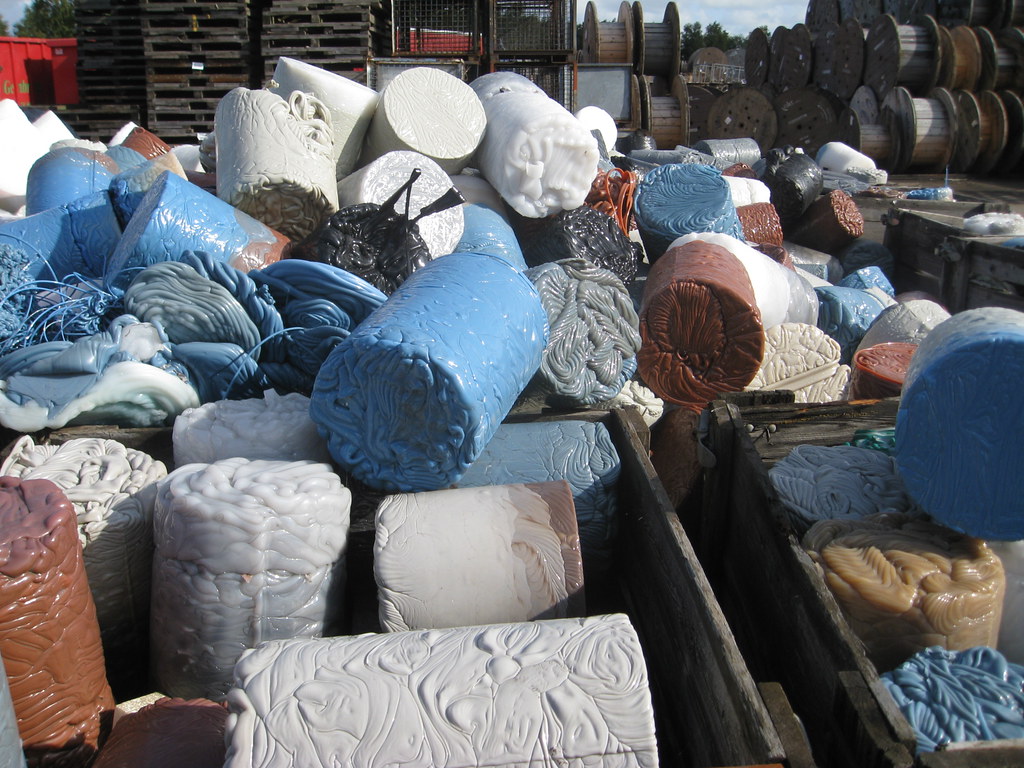
This type of manufacturing scrap is produced in almost every processing line - from aluminum converted into soda cans to liner board converted into corrugated cardboard.
It is important to note that if the material is reutilized within the same process that generated it, it should not be referred to as recycled content (this would still be referred to as virgin content).
Why is post-consumer waste preferred to post-industrial?
One of our primary reasons for prioritizing recycled content is to build market value for recycled goods.
Post-consumer recycled content - which contains things like labels and inks, and adhesives - is inherently more contaminated than post-industrial (which, on the other hand, is a very pure waste stream), making it more challenging to regrind, rework, and remanufacture.
All other things equal, this means post-industrial waste has a higher inherent value for reclaimers than post-consumer waste.
By prioritizing post-consumer waste over virgin and post-industrial waste, your commitment helps build market value for materials that otherwise would be the least desirable for manufacturers.
As this value increases, it spurs deeper investment across sorters (MRFs), reclaimers, and brands to work with this waste stream (thus increasing the likelihood of the material being recycled instead of landfilled).
This is not just theory! We’re seeing this work in action - all the time.
An example is our 100% recycled poly mailer.
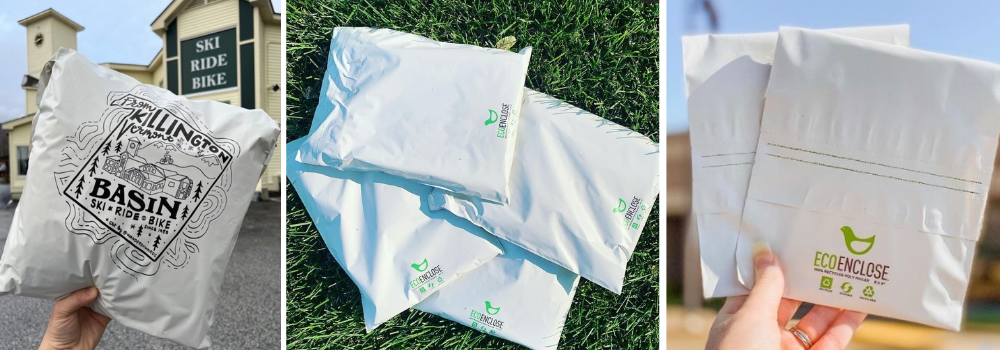
About a decade ago, this poly mailer was 88% recycled. They were 100% recycled with 15% post-consumer waste a few years later. Last year, this became 50% post-consumer waste. And we’re finding that even higher levels of PCW are feasible. The collective commitment and buying power of our EcoAlly community made it possible for us to push the reclaimers, extruders, and converters to work with ever-increasing levels of post-consumer waste.
Does the origin of the recycled content matter?
Yes! We encourage you to source your post-consumer waste domestically.
Since China’s National Sword policy went into effect, it has become painfully clear that we can only create a circular economy if we invest in US-based end-to-end recycling and reclaiming infrastructure.
While sourcing recycled supplies and packaging manufactured in Asia is better than sourcing virgin materials, this step does not have the desired impact of spurring circular investments where we need them the most - here in the US (or in your home country).
Why isn’t everything 100% post-consumer waste?
Post-consumer waste introduces contaminants across all materials - plastic, paper, glass, aluminum, etc. This makes the recycled material harder to manufacture than its post-industrial or virgin counterparts. Additionally, with some items, such as paper and plastic, the raw material degrades in quality each time it is recycled.
Because of this, we often find that it is not yet technically feasible to put 100% post-consumer waste through standard manufacturing equipment. The resulting product or package is not strong or functional enough to meet our customers’ needs. We constantly balance technical feasibility, durability, and functionality and our desire to maximize post-consumer waste. Rest assured that we are committed to working towards 100% post-consumer waste across all of our product lines without sacrificing your functional requirements.
Additional Resources
The Most Important Question to Ask of Your Sustainable Packaging


